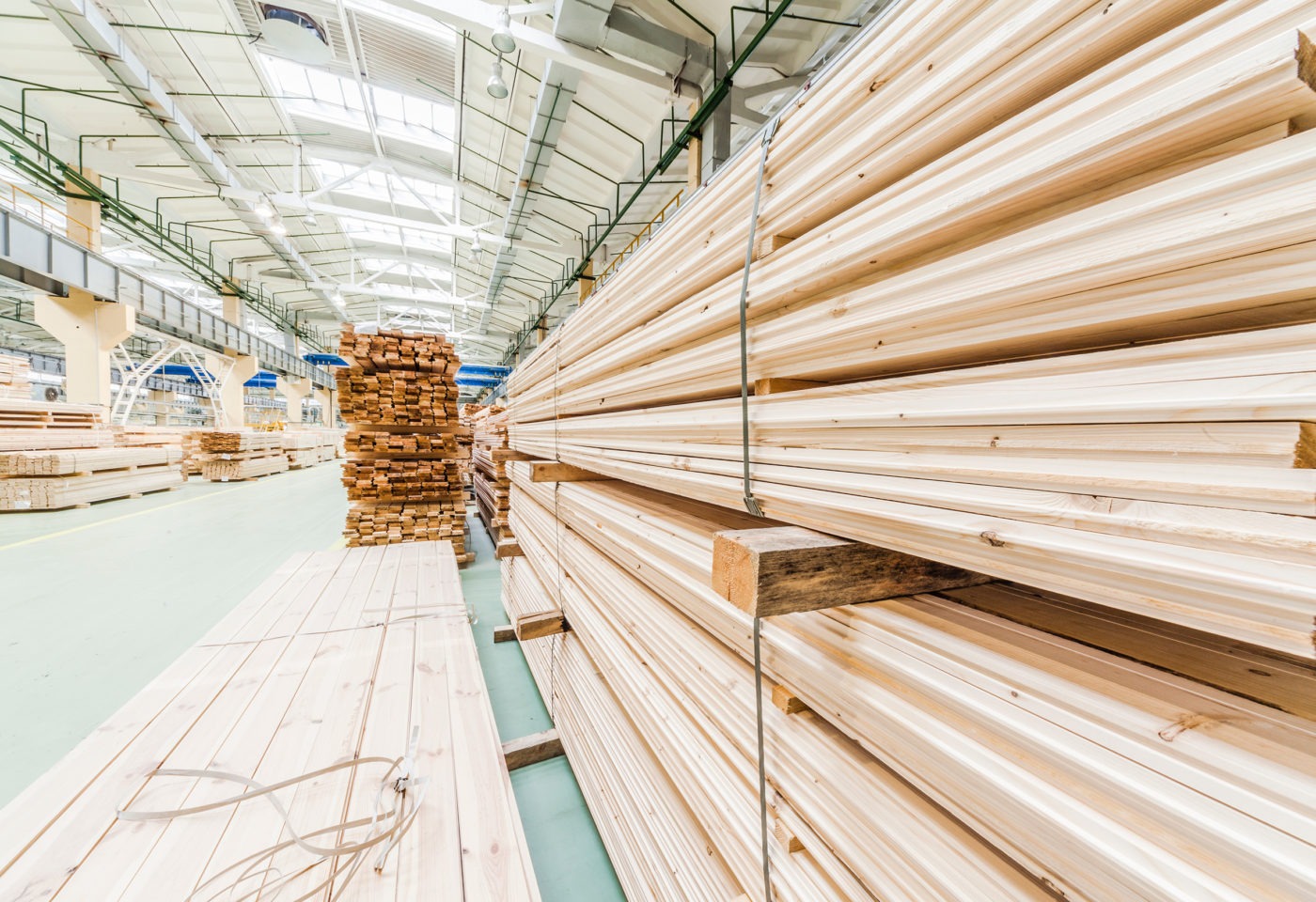At this time last year, with the election of a new U.S. president it looked like Canada had a fresh shot at securing a new softwood lumber agreement (SLA) with the U.S.
President Donald Trump had been elected on a promise to stick up for average citizens, not special interests like the powerful U.S. lumber lobby. He’d promised to increase GDP growth from one to four per cent a year. The U.S. housing sector, which relies on Canadian lumber imports, makes up about 15 to 18 per cent of U.S. GDP. He’d promised to bring back jobs for the middle class; the U.S. National Association of Home Builders (NAHB), meanwhile, warned a 25 per cent duty on Canadian lumber imports would result in about 8,000 job losses in the U.S.
But, fast-forward a year, and we are even farther apart from reaching a new SLA than we have been since the last agreement expired in October 2015.
Canadian softwood lumber exports are subject to U.S. duties
The process initiated by the U.S. lumber lobby before the 2016 U.S. presidential election to impose duties on Canadian softwood lumber has run its course. The result – Canadian softwood lumber exporters now face duties averaging 20 per cent (pdf) (for most companies) at the U.S. border. These duties can remain in place for five years before the U.S. is obligated to review them, according to World Trade Organization (WTO) rules.
Canada is appealing the U.S. duties under both the North American Free Trade Agreement’s (NAFTA) dispute resolution process, and the WTO dispute settlement mechanism. Unfortunately, both these processes take time – at least a couple years. Canada has a winning track record of overturning U.S. softwood duties through both NAFTA and WTO panels. But until this occurs, our softwood producers must continue to pay the duties when exporting lumber into the U.S.
U.S. duties are not yet being felt in Canada
The good news is that unlike in the past, the U.S. duties are not yet having much of a detrimental affect on Canada. Canadian lumber exporters had to pay U.S. duties for nine months of 2017, totalling about C$500 million, but managed to pass the cost on to their U.S. consumers. Near-record high lumber prices, continued and growing demand from the U.S. housing sector and a low Canadian dollar helped them do so. Another factor that is different today than in the past is that many of the large western Canadian lumber companies have been buying mills in the U.S. These operations are untouched by U.S. duties and contribute to overall profits, helping to offset the duties slapped on the Canadian operations.
A sure sign that the duties are not having much of an impact is that the federal government’s aid package for the softwood sector, announced in June 2017, has barely had any uptake from industry. Only about five per cent of the $605 million available for loans and loan guarantees to help offset the cost of the duties has been requested. In contrast, U.S. duties placed on Canadian softwood lumber in the early 2000s (of 26 per cent) caused mill closures and thousands of job losses almost immediately, particularly in B.C.
U.S. consumers are hardest hit by U.S. duties
It is the U.S. consumer who is ultimately paying the price for U.S. duties on Canadian softwood lumber. The U.S. National Association of Home Builders calculates duties in 2018 will cause more than 9,000 full time jobs losses and more than US$500 million in lost wages for U.S. workers, as well as a reduction in more than US$404 million in tax revenue for U.S. governments. NAHB estimates this will cause a 6.9 per cent increase in the U.S. price for softwood lumber. Eventually, the higher prices construction companies pay have to be passed on to their own customers, and NAHB is saying this will cause a US$1,300 increase in the price of an average single-family home.
What happens next
We can only hope that U.S. consumers will be frustrated enough by increasing costs to insist the Trump administration do something about it – namely, lower or remove the duties on Canadian softwood lumber shipped in to the U.S.
It is doubtful the U.S. and Canadian federal governments will seriously get back to negotiating an SLA before the NAFTA renegotiations conclude. And those talks look like they will continue well into the summer.
The most probable scenario is that there will only be a reduction or elimination of the U.S. softwood duties if the NAFTA and/or WTO dispute panels rule in Canada’s favour. In the meantime, as long as favourable conditions continue, Canadian softwood lumber exporters can continue to pass the cost of the U.S. duties on to their customers to the south.
– Naomi Christensen is senior policy analyst at the Canada West Foundation. You can listen to her recent podcast with a guest from the U.S. National Association of Home Builders here.
